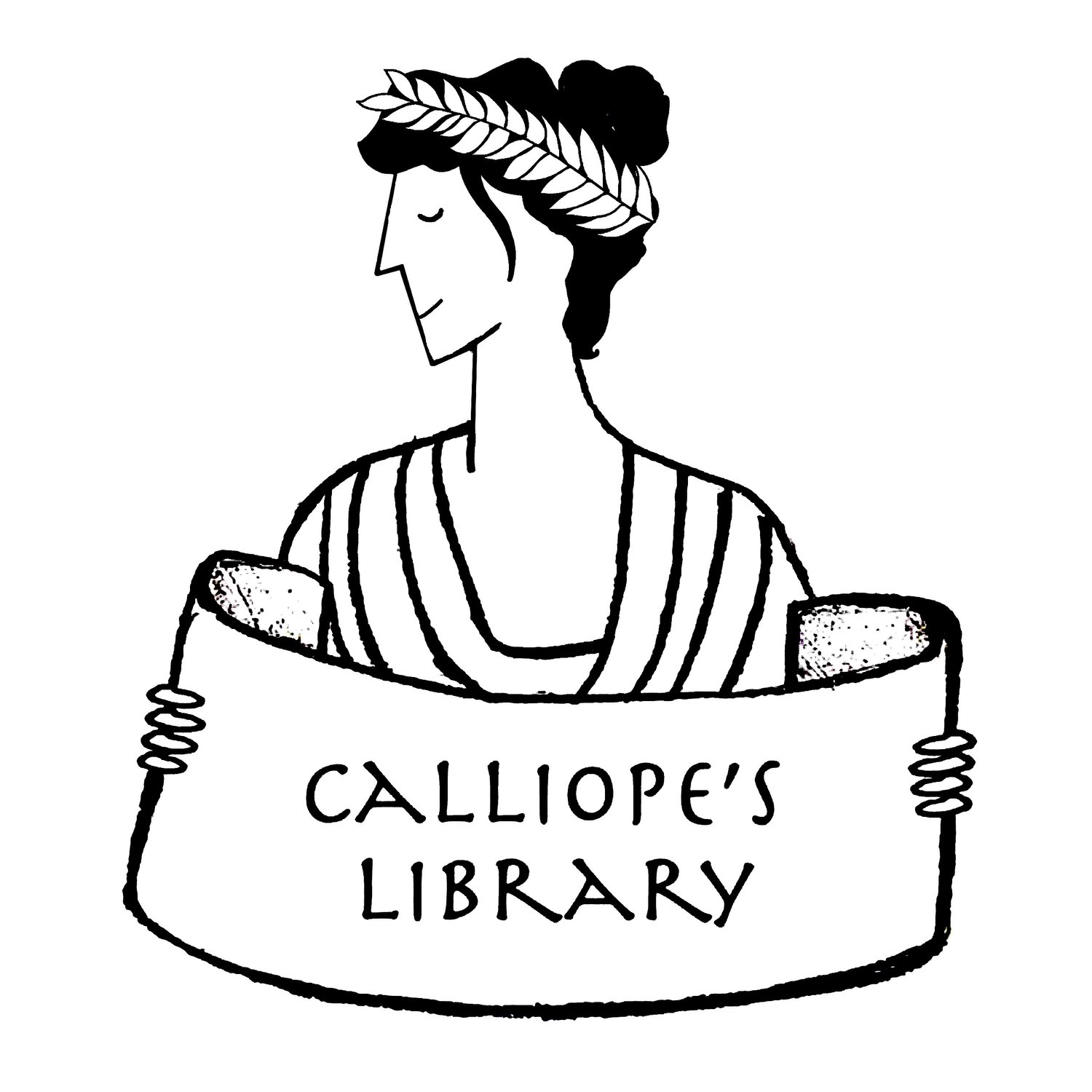Title: Snake Hair: The Story of Medusa
Author: Stephanie Spinner
Illustrator: Susan Swan
Date: 1999
Tags: Early Reader, Picture Book, Mythology, Ancient worlds, Female Lead, Medusa, Perseus
This book gives a good introduction to the myth of Medusa, from her transformation by Athena (here for being too vain about her hair) through her afterlife as Perseus’s go-to problem solver. No important facts of the story are left out, although Stephanie Spinner always chooses the most child-friendly version of the story. Keeping the story focused on Medusa helps, since it allows Spinner to skip over most of Perseus’ and Andromeda’s unpleasant backstories. The only folks who get turned to stone are animals, the monster Cetus, and Perseus’ evil king (who clearly deserves it). The language is very simple and highly repetitive. It’s perfect for new readers who are ready to start reading on their own. Spinner even includes a name pronunciation guide every time a new character is introduced.
Although the main character dies halfway through the story, responsible adults don’t need to worry that young readers will find the book upsetting. The story suggests that Medusa isn’t dead but rather transformed into a new kind of life. Her snakes are still alive, and Perseus comes to think of her as a trustworthy ally in his later adventures. Good feminists might worry about the ethics of this murder-based redemption arc, but it does keep the story G-rated, and oddly enough it gives Medusa greater agency than the original myth.
Susan Swan’s wonderful illustrations deserve extra attention. She uses a collage technique that gives the impression of figures built up out of layered, textured paper. This is especially effective for Medusa’s titular hair, which becomes a multicolored ball of interwoven hissing snakes that seem to jump off the page. Swan also makes the wise decision to never show Medusa’s face after she is transformed, so the reader gets many opportunities to appreciate the serpentine tangle. It’s so vivid that it’s almost tactile. The final illustration includes a special easter egg for fans of Greek pottery. – Krishni Burns


